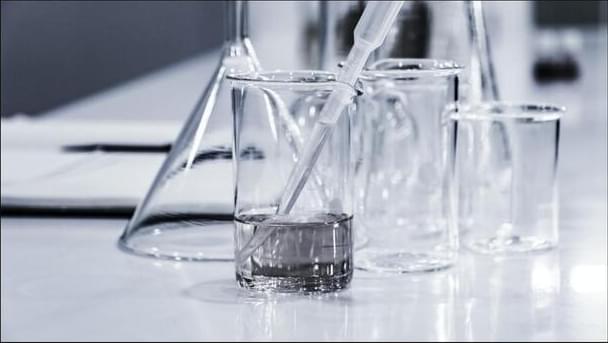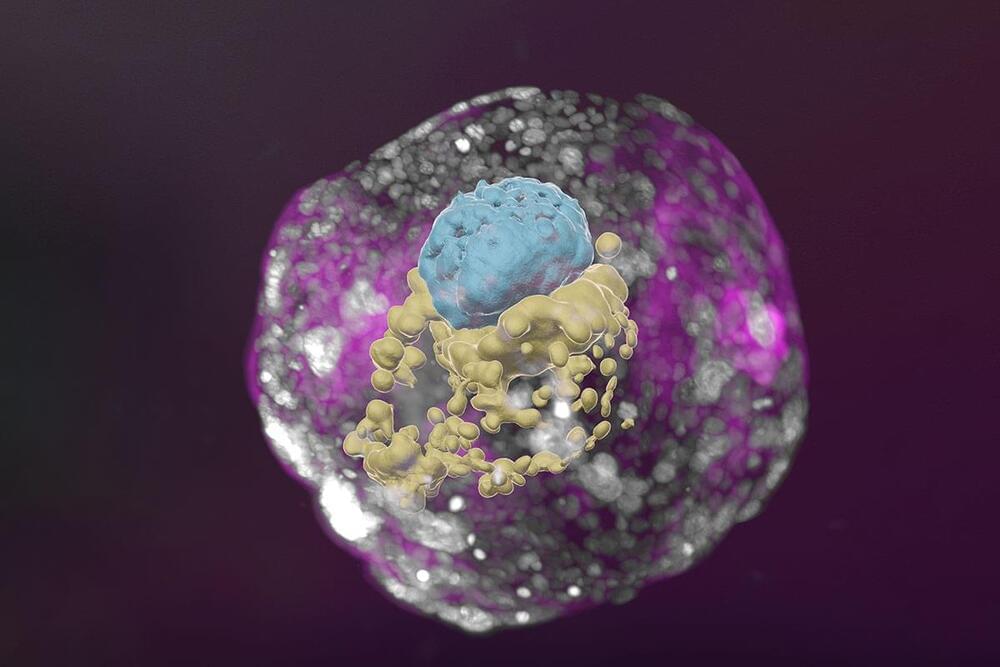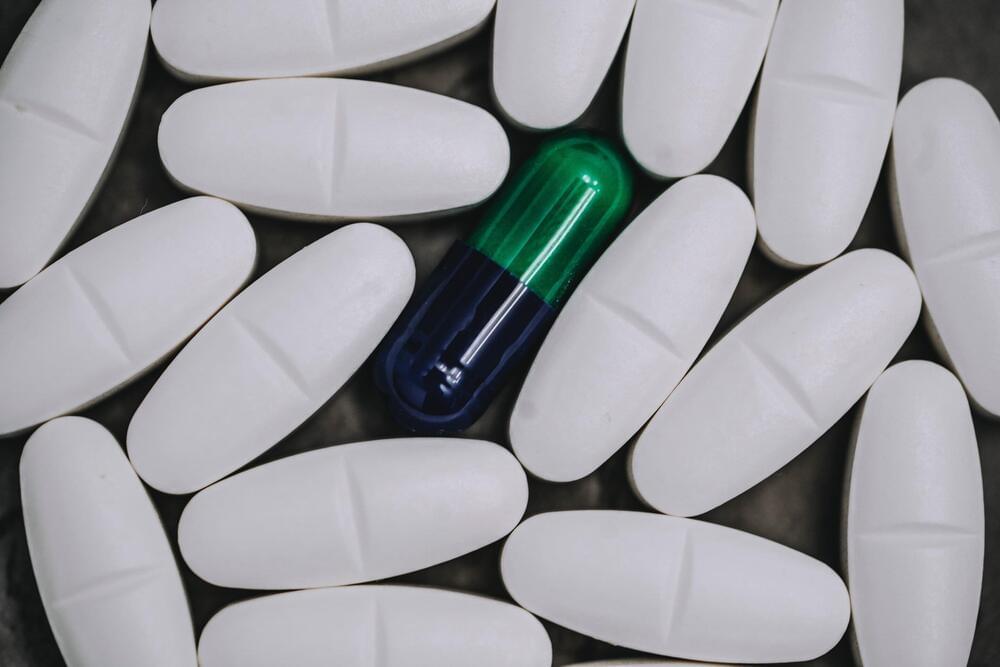Sep 6, 2023
How FBI remotely deleted QBot malware from 700K computers worldwide
Posted by Saúl Morales Rodriguéz in categories: biotech/medical, cryptocurrencies, cybercrime/malcode, finance, government, law enforcement
The United States government said today that a multinational law enforcement operation has destroyed Qakbot, also known as QBot, an infamous botnet and malware loader that was responsible for losses that amounted to hundreds of millions of dollars all over the globe, and that they have confiscated more than $8.6 million in illegal cryptocurrencies.
During a news conference held on Tuesday to announce the takedown of the botnet, United States Attorney Martin Estrada referred to the investigation as “the most significant technological and financial operation ever led by the Department of Justice against a botnet.” Duck Hunt was headed by the FBI. For one thing, the federal government developed some software that, when installed on computers that were infected with Qbot, would make the virus useless.
Continue reading “How FBI remotely deleted QBot malware from 700K computers worldwide” »

















